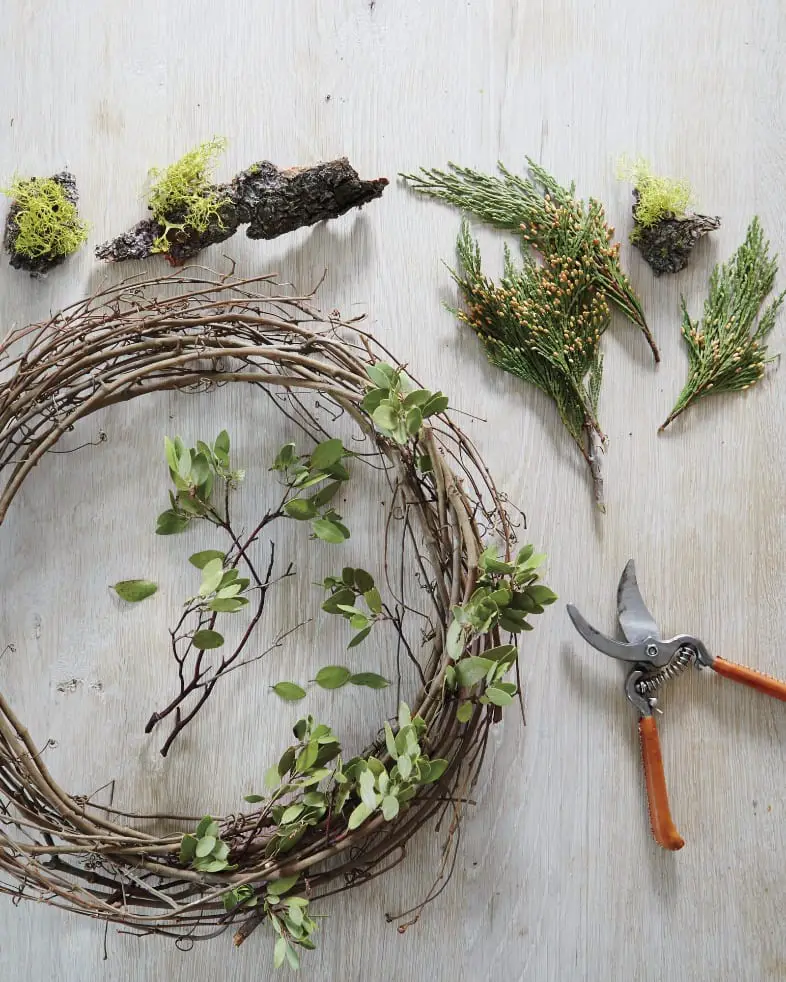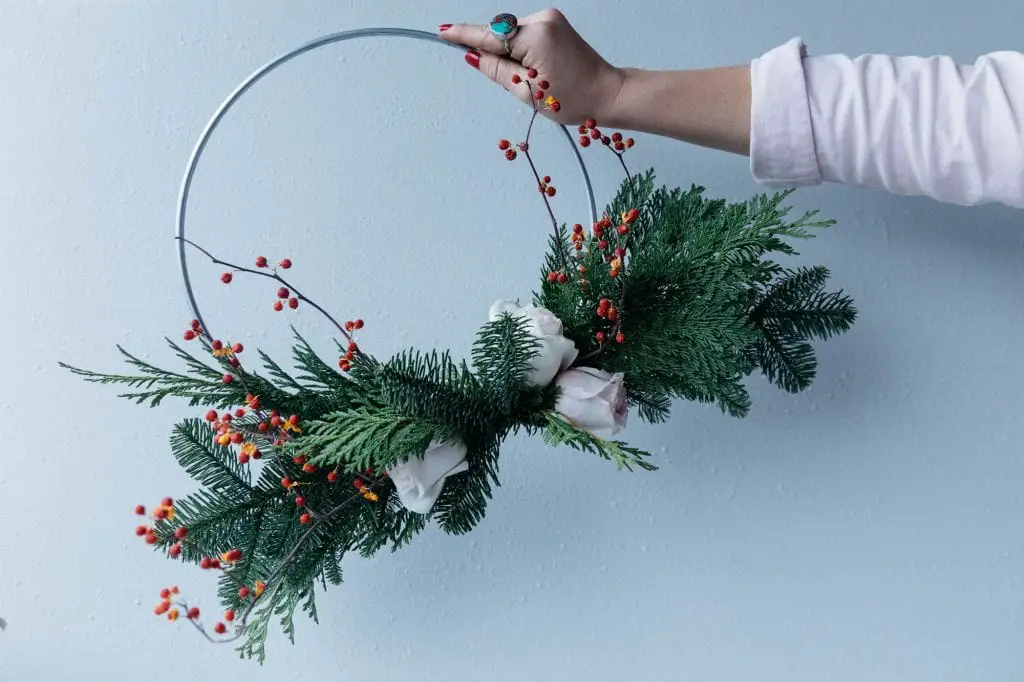
To fully understand something, there is a need to dig a little dipper into its history. Through this, it will be easier to conclude something. Thus, to get a better view of how it came to happen, and the influences it has on society.
The art of wreath making craft comes a long way, and though it is debatable where it all first started, historians come up with different thoughts and conclusions. The continued art of making wreaths even until this century proves that the influences of history and traditional culture will always have an impact on the current generation.
Let us understand the wreath making craft and its relevance, uses, and meaning.
History of Wreath Making

There are different standpoints of when and where wreath making started. The first claims and connects the history of Christian folklore and stories where the art of wreath making started a thousand years before the birth of Christ. These wreaths are used for advances and symbolize the strength showed in persevering through the harsh violence of winter. That is why, up to this day, a Christmas wreath is a Christian symbol of immortality.
The second theory suggests the wreath history dates back to ancient Rome and Greece, where the people make handmade ring-shaped wreaths made of different fresh flowers, twigs, fruits, and flowers. These are then worn as a headdress. The use of wreath can likewise be associated with Apollo, the son of Zeus. Apollo’s wreath symbolizes victory, achievement, and status. That’s why the headdresses worn by Greeks and Roman represent one’s occupation rank, status, and achievements.
Through these different standpoints, one conclusion can be made: wreaths have come a long way. It has the same sacred value even then.
Uses of Wreaths in the Modern Age

In this modern age, wreaths are used and presented in different ways. All have different meaning and features which are traced from the society’s culture and tradition.
One of the modern-day wreaths is the harvest wreaths. It is a household decoration commonly used today. It offers a long history that started in ancient times where there was a supreme animistic spiritual faith. The harvest wreaths are hung to ask for protection from crop plagues and failure.
Next is the Christmas wreaths. Perhaps, this is one of the most common times where wreaths are seen and used. During the Advent season, when people prepare for Christmas, the wreaths are set up and decorated at homes and in other places. The Christian wreaths commonly have four colored candles and one white candle in the center, which is then lit on Christmas Day, usually in the middle of a mass celebration. Christian wreaths are evergreen to which means everlasting life, while the circle shape represents God, who has no beginning and no end.
One of the wreath customs in Europe is May Day and the Maypole festivities. The celebration’s highlights include the competition participated by young unmarried men. They will try to climb the top of the Maypole to get the May Day wreath rested on the top. The one who gets the wreath will be declared as the winner and gets to wear the crown and hailed as the May Day King.
Wreaths are likewise commonly used at funerals since ancient times. In terms of deaths, the circle also represents an internal life in ancient Greece, while the green color signifies the triumph of the eternal spirit over dying in Christian understanding.
There are also wreath-laying ceremonies done to give honor and respect to the graves and other memorial sites. This is usually done by high ranking officials or heads of the city or state.
How to Make a Wreath

To start the art of wreath making, prepare the following things:
Secure a metal wireframe. You can make one on your own or buy it from the store. It must be sturdy so it can support the weight of the wreath.
- Floral wire for support
- Floral Sheers for Cutting
- Wire cutters
- Greeneries, flowers, and other plants you want to decorate the wreathe with.
- Ribbon for hanging.
First, lay down your greeneries on the table by groups. This way, you will have an easier way of dividing them equally on the wreath. You can start cutting them in small pieces.
Once you have your flowers and greeneries prepared, attach them to the wireframe using the wires. You can cut the wires into five inches each. Use the wire to securely attach the flowers and stems into the frame.
Make sure the frame won’t be visible, and the plants overlap the latter. One trick is to also cover the stems of the plants, so the flowers and leaves are the ones visible. Create one pattern, clockwise or counterclockwise, so the plants won’t be pointing in different directions.
Do this until; there are no longer any gaps. You can cut the long leaves to make sure the wreath stays in a perfect circle and will look clean. Then tie the ribbon or string so you can hand it whenever you want to.
Conclusion
The art of wreath making offers such a colorful and significant history. Its influences have honed most of society’s tradition. Modern-day practices also give a new light on wreath making craft.
In this generation, wreath making and wreaths aren’t just for celebration and holidays. Most of the people choose to use wreaths as an all-year-round decoration for their houses because of its refreshing look. When paired with flowers and appealing ribbons, they could create and blend in with the look someone is aiming for. Thus, modern-day wreath making has also contributed to its long and colorful history. Get your house decorated with wreaths even when it’s not Christmas and enjoy the art of making it.

